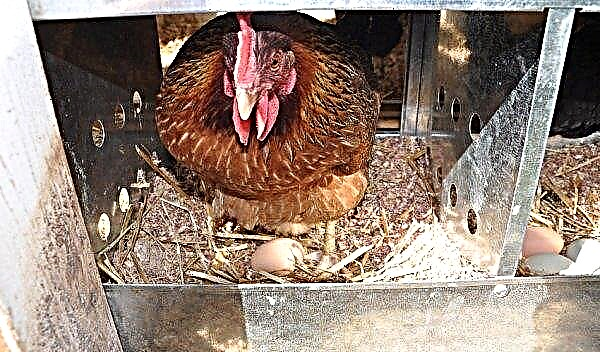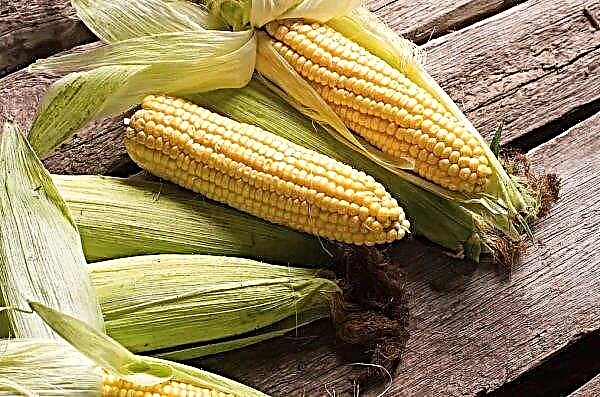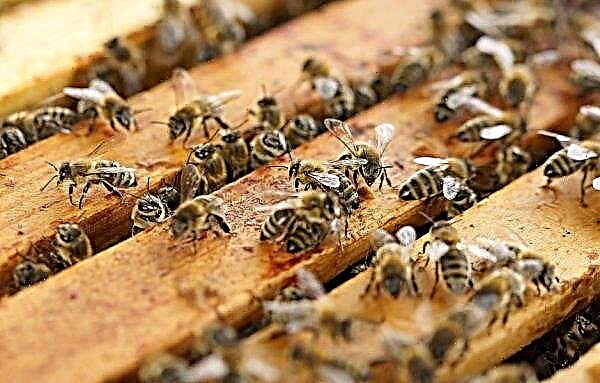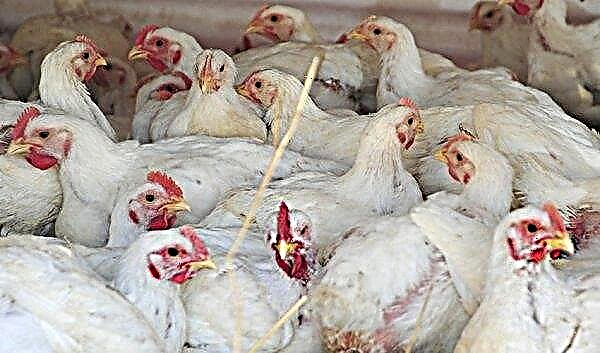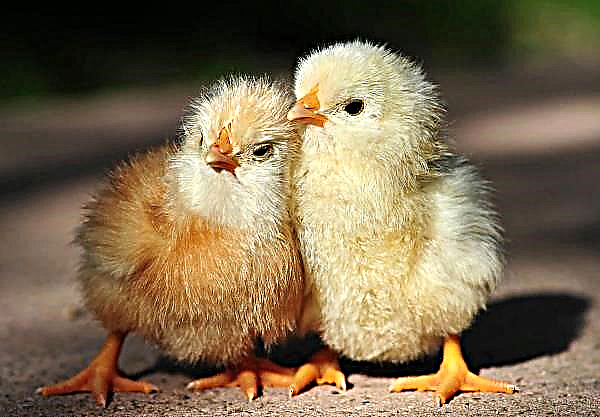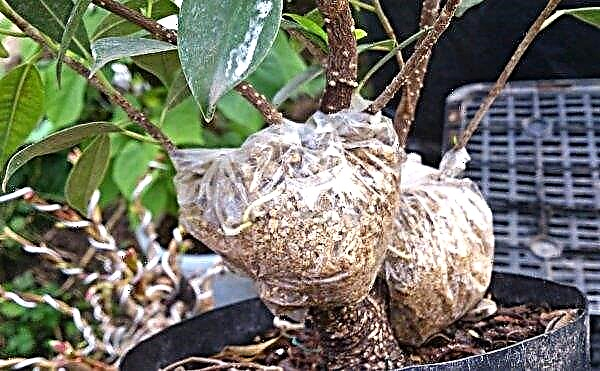Irises, named after the rainbow goddess Iris, really surprise with a variety of colors. In addition, within the existing 800 varieties, there are also divisions into bearded and beardless, into rhizome and bulbous cultures. Such a variety makes it difficult to identify some rules common to all, for example, planting them in the fall. Nevertheless, the general principles of the autumn planting of irises exist, which will be discussed later.
Advantages and disadvantages of planting in the fall
Actually, these are not very moody plants can be quite successfully planted throughout the entire vegetative period, starting early in spring and ending with the end of October. Nevertheless, experienced flower growers prefer autumn planting. The root system of this culture takes root in the new soil for a month and a half, and the autumn higher humidity of air and soil allows the iris to take root more comfortably and successfully.
- In addition, the fall planting of these colors has the following advantages:
- Allows you to get the flowering plant in the spring already in the next season.
- The threat to irises from pests in the fall is much less than in the spring.
- With the autumn planting of flowers, the gardener frees up time for numerous spring worries.
The only drawback of planting these flowers in the fall is the danger of plant damage by early frosts when choosing the wrong planting dates.
Important! In order for the planting to be successful in autumn, it is necessary to choose seedlings with an established flower bud and a well-developed root system.
Among the types and varieties of iris, especially suitable for autumn planting, experts call:
- German Iris - characterized by long flowering;
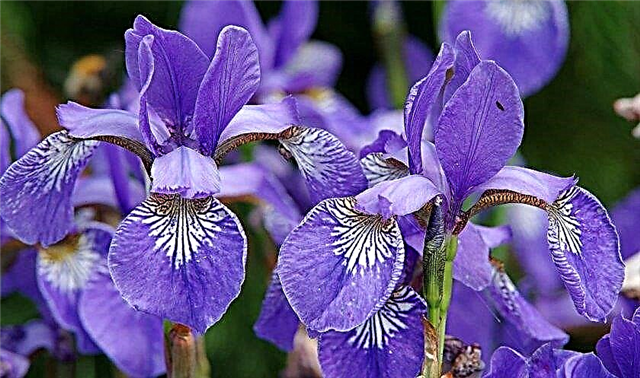
- Siberian iris - characterized by undemanding to growing conditions and high frost resistance;
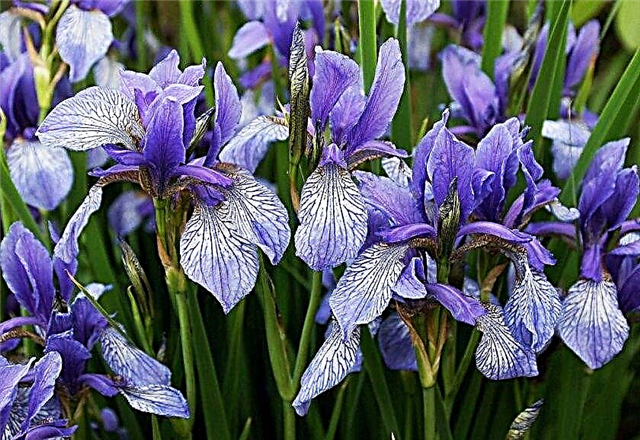
- Japanese or xiphoid irises, preferring good sunshine and active watering, while eliminating stagnation of water in the root system;
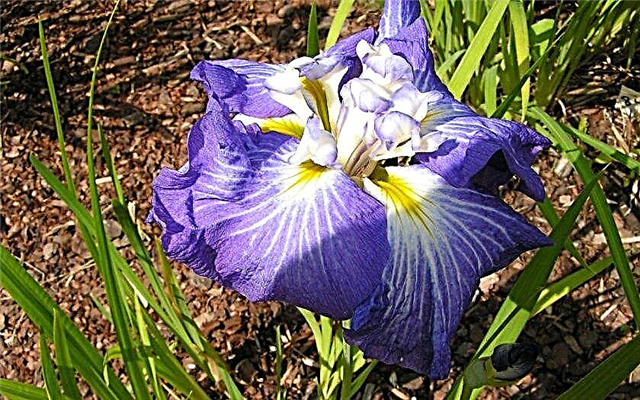
- dutch bulbous irisesrepresented by many colorful varieties and requiring careful shelter in the winter;
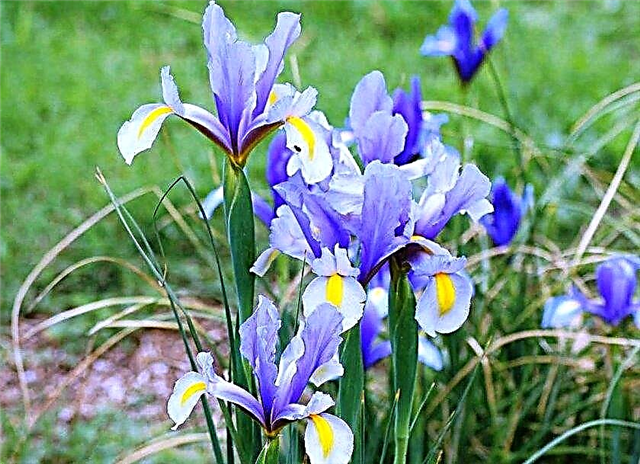
- iris chrysographis, who came to us not so long ago from China and is distinguished by original speckled flowers.

Choosing the right time
The correct planting time for this crop depends on both the plant variety and the growing region.. Nevertheless, there is a rule that avoids gross miscalculations in the choice of landing time. It prescribes to plant iris plants no later than 5-6 weeks before the arrival of stable colds.
In harsh regions
In the Urals and Siberia, which differ in cold climatic characteristics, the preferred time for planting irises is the entire last summer month and the very beginning of September. The same landing dates are recommended for the Leningrad region.
Did you know? Iris belongs to the oldest flowers that man introduced into his everyday life. These crops were grown back in Assyria and Mesopotamia.
Temperate climate
A temperate climate is observed in the middle zone. For example, in the suburbs. In these regions, usually these flowers are planted in early autumn. Most preferred is September 1-15. In this case, there is still enough time before the onset of stable cold weather.
With warm climate
In the southern regions of the cold come later. Therefore, the landing dates for the iris culture are shifting towards a later fall. Usually, irises are timed to coincide with the very end of September. But sometimes it can last until the end of October.
Video: landing irises
Soil preparation
Not only the exact timing of the iris planting, but also the right space for their growth guarantees their lush flowering. The vast majority of species and varieties of iris culture prefers well-lit open areas (these plants do not bloom in the shade) located on hills.
Wet soils in the lowlands are categorically contraindicated for most irises, except for a small group of varieties that prefer marshland and proximity to water bodies. These plants grow best in loose sandy soil with a neutral pH and enough nutrients.
Important! When preparing the soil for the iris planting, it is necessary with special care to free the dug up soil from the smallest residues of weed roots, up to sifting the soil through a sieve.
You should also protect these flowers from strong winds that can break quite fragile peduncles. To improve the soil, it is necessary to fertilize it with wood ash and a small amount of humus, approximately 2 kg per m². You should not add manure to the soil, which can lead to burns of the iris root system.
Phased landing
The method of planting iris plants also depends on their type and variety. For example, the rhizomes of German irises are enough to sprinkle a little earth. And Japanese and Siberian varieties, on the contrary, are planted to a depth of 7–8 cm. Approximately the same depth is required for planting bulbous iris plants. To plant plants, seedlings in the form of dividers, freshly extracted from the ground, should be dried before planting for 24 hours before planting and shortened their foliage by a third. The length of each rhizome should not exceed 6 cm, and thickness - 3 cm in the presence of a flower bud on it.
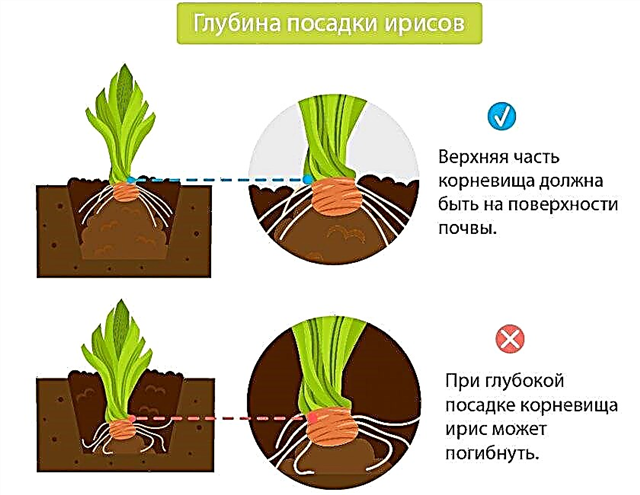
Then the process of planting iris in open ground proceeds as follows:
- The root system is shortened to a length of 10 cm, and damaged areas are completely cut out.
- Sections are disinfected with a weak pinkish solution of potassium permanganate.
- In the soil make holes up to 20 cm deep and fill them with sand to half.
- The interval between the wells is set to a minimum of 40 cm.
- On rhizomes, the roots straighten on the sides.
- When placed in the holes, the iris plant should stand strictly upright.
- The root system is covered with a thin layer of earth so that the upper part of the rhizome rises above the surface of the soil.
- The planted plant is carefully watered, trying not to erode the soil.
- In dry and warm weather, watering is carried out daily for a week.
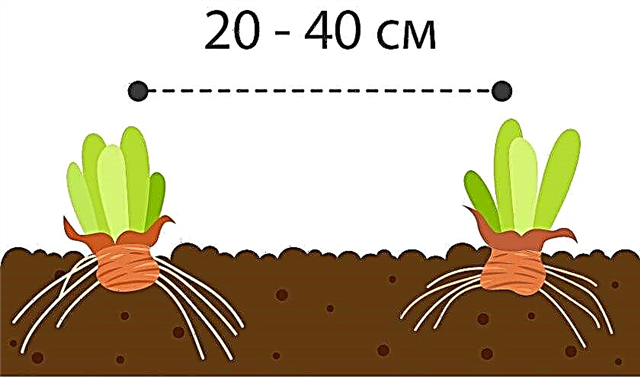
Further care
Being plants quite unpretentious, irises do not require much effort while caring for them. Nevertheless, certain rules must be observed. Proper care will provide you with beautiful and luxurious colors.
Did you know? Iris flowers come in various colors: blue, purple, white, yellow, blue. But never these flowers are red, because they lack the gene responsible for the scarlet tone.
Watering and feeding
Most iris plants love moisture, but do not tolerate large amounts of water in the root system. Watering should be balanced. In addition, irises do not perceive the sprinkling method, preferring to water directly under the roots.
During the hot season, flowers are watered regularly, maintaining constant moisture in the upper soil layer, where the root system is mainly located. At the end of the season, watering is made less intense to avoid the development of putrefactive processes in the roots. If fertilizers were added to the soil before planting, then the next feeding of iris plants is carried out only in the second year after planting.

There are usually 3 such feedings during the season:
- In spring, in order to grow green mass, the plant primarily needs nitrogen, which is delivered to the soil through nitrogen fertilizers at a rate of 10 g per m². Useful in this period is wood ash, which is 1 tbsp. l make under each plant.
- After a couple of weeks, the flowers are fed with complex mineral fertilizers containing phosphorus, potassium and nitrogen, in an amount of 15 g per m².
- During the flowering stage, plants are fed with potassium and phosphorus at the rate of 20 g of each fertilizer per 1 m².
It should be remembered that fertilizers must come to plants in the form of a solution., since in dry form they can burn the roots located on the surface.
Winter preparations
In the autumn period, watering ceases, and diseased, non-hardy leaves are removed along with rotted fragments of rhizomes. All roots on the surface are sprinkled with sand. Before winter, the soil around the flowers is mulched with dry peat with a layer of sand up to 20 cm. After the first frosts and in anticipation of severe cold weather, more ruberoid, fir spruce or lutrasil are laid on top of the mulch.

Extremely picturesque irises can be planted in almost any region, except in the Far North. Therefore, this popular plant is grown everywhere in garden, summer cottages and city beds. And most often, the most productive autumn period is chosen for its landing.







